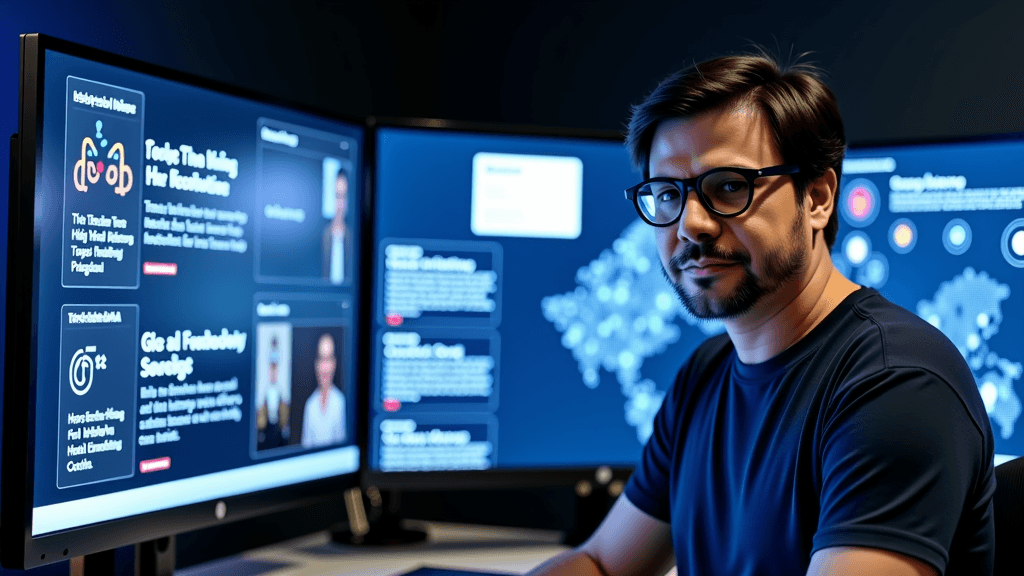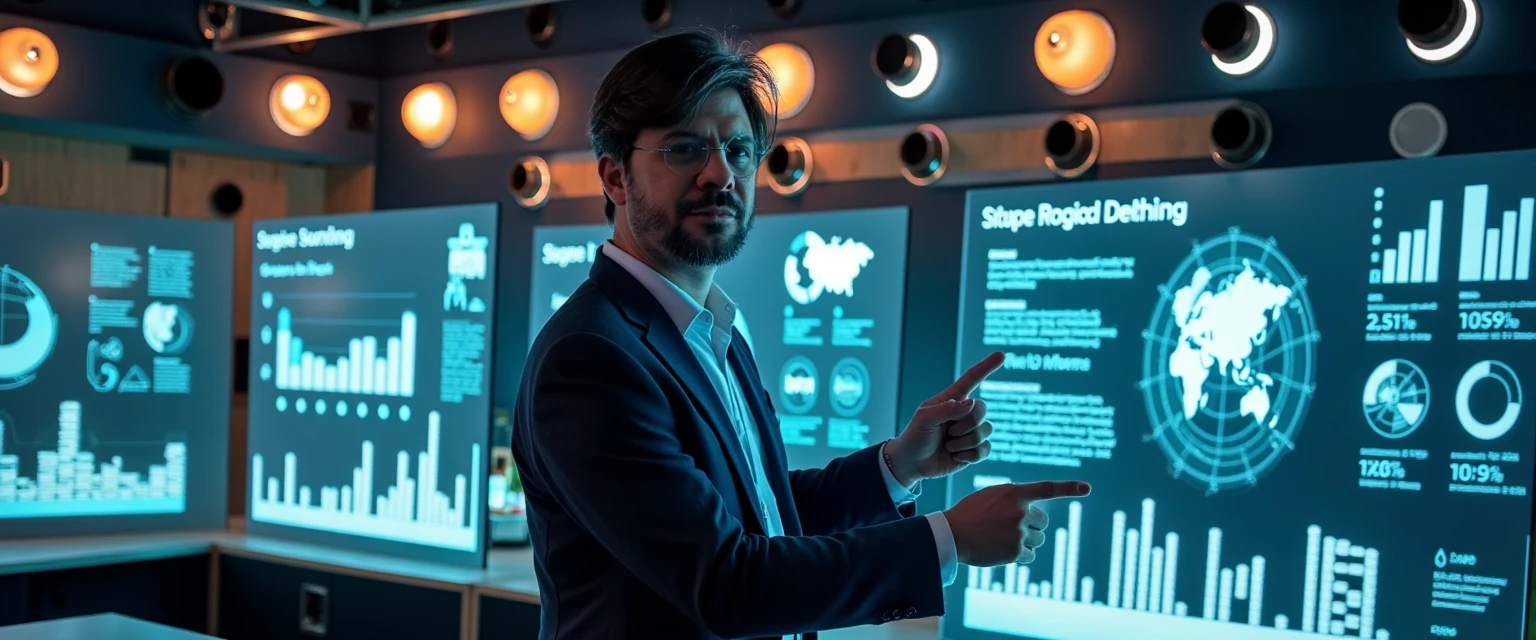AI in 2025: China's DeepSeek challenges OpenAI as Apple expands capabilities globally
January 31, 2025 | by Matos AI

In Today’s AI World Report, we explore some important news stories that show how the artificial intelligence landscape is rapidly transforming, bringing new players and significant changes to the market.
China has just taken a bold step into the world of AI with the launch of DeepSeek-R1, a language model that is catching the attention of the global scientific community. According to the Nature, the model not only competes in performance with OpenAI's o1 in areas such as chemistry, mathematics and programming, but also offers a more accessible and open approach. The difference? It is significantly cheaper and makes its weights available to researchers to study and improve the algorithm.
Meanwhile, Apple is finally starting to accelerate its AI strategy. According to Mashable, Apple Intelligence will be expanded to eight new languages starting in April, including German, Italian and French. The news was announced during the company's earnings call, with Tim Cook highlighting that the expansion will coincide with the release of iOS 18.4. It's worth noting that the system still faces regulatory challenges in Europe due to the Digital Markets Act (DMA).
Join my WhatsApp groups! Daily updates with the most relevant news in the AI world and a vibrant community!
- AI for Business: focused on business and strategy.
- AI Builders: with a more technical and hands-on approach.
In the corporate field, large companies continue their digital transformation. SAP announced which has already implemented more than 50 AI use cases in its customer support, demonstrating how technology is revolutionizing service and process management.
For investors, the Crunchbase News highlights five key factors for evaluating AI investments in 2025, including Retrieval-Augmented Generation (RAG), composable AI, domain-specific solutions, collaborative intelligence, and proactive risk management.
In the educational area, we see interesting movements such as that of Case Western Reserve University, which launched a hub for AI initiatives in education, centralizing resources and support to integrate technology into the academic environment.
My analysis of this scenario
In my 25+ years working in technology and innovation, I have rarely seen such a dynamic and transformative moment. The emergence of China’s DeepSeek-R1 is particularly exciting as it challenges Western dominance in AI and could accelerate the democratization of these technologies – something I believe is critical to the global development of the industry.
Apple’s move, while late, is significant. In my experience supporting startups and large companies in their innovation strategies, I’ve learned that timing isn’t always everything – sometimes getting in later allows you to learn from the mistakes of the pioneers and build more robust solutions.
What excites me most is seeing how different industries are embracing AI in practical, results-driven ways. From SAP transforming customer support to universities creating AI education hubs, we’re seeing the technology move beyond hype to deliver real value – something I’ve always advocated in my consulting and mentoring.
What to expect for the future? I believe that 2025 will be a year of consolidation of practical use cases for AI, with a special focus on domain-specific solutions and democratizing access to technology. Companies that can balance innovation with responsibility and user-centricity will have a significant competitive advantage.
For entrepreneurs and startups, now is the time to look beyond the hype and seek to solve real problems with AI, always keeping in mind the importance of accessibility and ethics in technological development.
✨Did you like it? You can sign up to receive 10K Digital's newsletters in your email, curated by me, with the best content about AI and business.
➡️ Join the 10K Community here
RELATED POSTS
View all



